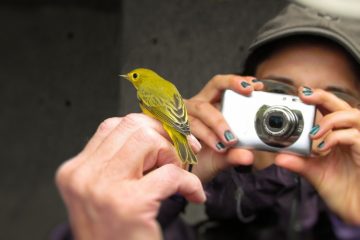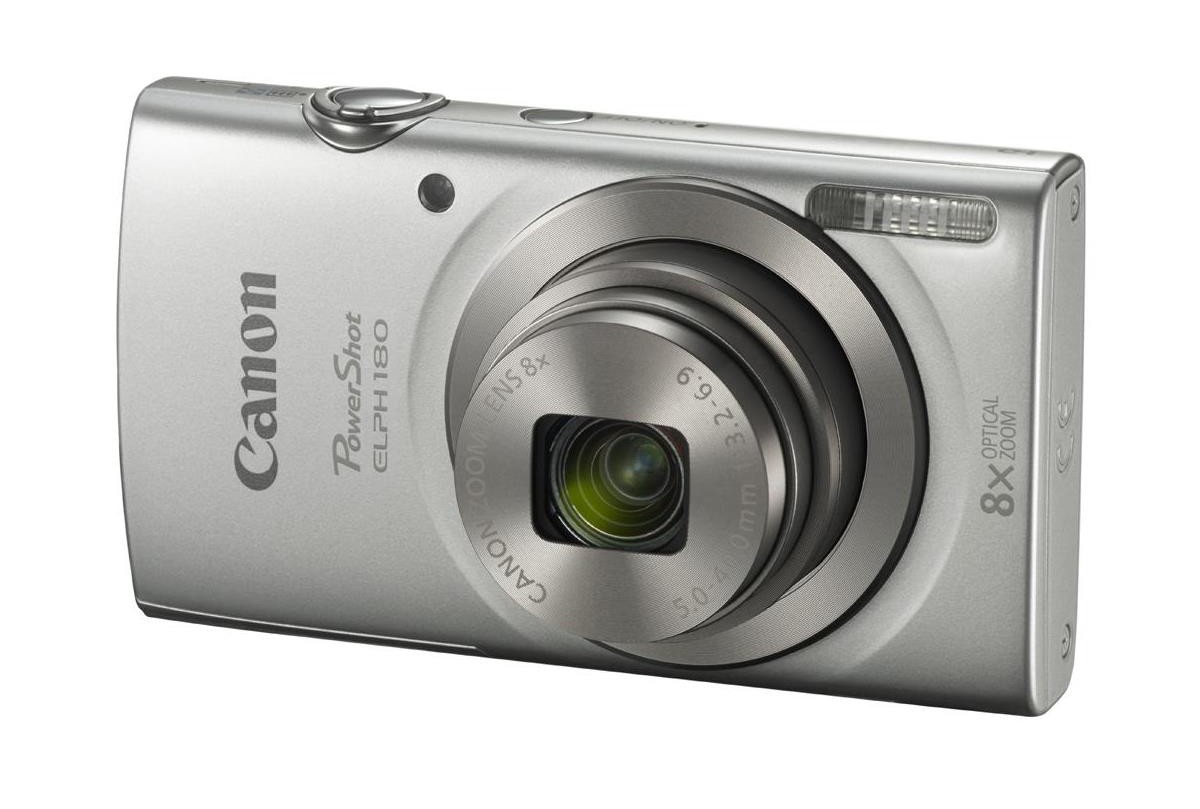
Here are two bright wide aperture however still small sensor premium compact cameras that you can use to separate foreground and background elements a little easier than your normal point and shoot camera. Ideally, I'd like something that easily fits in a small purse, and my dream would be something that could fix in a pocket.īokeh is the rendition of the depth of field. Of course, any cell phone can take macro shots with bokeh, but those aren't much use for portraits unless you're taking a portrait of someone's nose.īy small, I mean the total package, so if it's a interchangeable lens camera, the size with the relevant lens. The ultra-premium Canon EOS R3 (coming soon) and Sony A1 are almost absurdly powerful, able to shoot full-resolution stills at 30fps and (in the A1’s case) record 8K video.I'm looking for the smallest camera that can take portrait shots where the background is nicely defocused, creating a separation with the subject of the portrait. For other companies like Canon, Nikon, Fujifilm and Sony, the new enthusiast camera releases continue apace. Olympus’ decision to sell off its camera division after several profitless years might have set the alarm bells ringing, but it’s too early to panic.

It’s only natural for traditional photographers to view the popularity and prevalence of smartphones as an existential threat to their passion. Book a consultation Bokeh on Point and Shoot Digital cameras I get many emails from your readers asking me how they can obtain good bokeh out of their stage and shoot cameras. It’s the camera you always have with you, to return to that somewhat trite saying, and its appeal lies in its convenience. The ubiquitous smartphone has democratised photography in a way that pricy premium cameras and even affordable DSLRs never could, making passionate, prolific shutterbugs of people who don’t know their aperture from their elbow. For wildlife or sports photography, professional-grade portraits and more challenging scenarios, you’ll still need a ‘proper’ camera (hands up who’d want their wedding shot on an iPhone?). For general snaps, quick street photography shots and the like, a smartphone makes a lot of sense. Though it doesn't boast a fancy hybrid viewfinder, it's still packed with nice features. The Fujifilm X100V may be a drool-worthy option for enthusiasts, but the smaller and slightly more affordable Sony RX100 VII is like the Swiss Army knife of point-and-shoot cameras. Given the size limitations manufacturers are working with, they’re little short of astonishing. Max Focal Length (Full-Frame Equivalent) 200 mm. Still to come: the Sony RX100 V and Sony RX1R II Canon's Powershot G9 X Sigma's dp1, dp2 and dp2 Quattro Nikon's DL24-85 and DL18-50 Fujifilm's X30 and X100F and the Leica X-U and X Vario. None of this is to say that smartphone cameras are bad. The phone video looks fantastic considering it’s shot on a phone, but the dynamic range, detail, colour and bokeh on the real camera footage is streets ahead. (Image Credit: hurricanehank / ) There is no better illustration of the increased popularity of smartphones for photography than these shots of groups of photographers. But the Fujifilm X100F is a bit special in this segment as it features a fixed focal length of around 35mm, without the possibility of changing the lens. But compare that 4K footage to 4K footage shot on a camera like the Fujifilm X-T4, Sony A7S III or Nikon Z6 and the difference is night and day. Speaking of video, phone manufacturers often highlight their devices’ ability to shoot 4K Ultra HD video clips.

Big sensors, big lenses and big grips that let you hold the camera rock-steady: all are conducive to providing images that can’t be matched on a phone, and it’s these things that make a proper camera worth owning for anyone who wants to consistently create quality photos or videos.

They have no need for major compromises: they’re allowed to be unwieldy and awkward so long as they deliver results. A DSLR or mirrorless camera isn’t obliged to resort to such tricks. The Fujifilm X-S20 is a compact mid-range mirrorless camera with a 26 Megapixel APSC sensor, 6.2k open gate video and IBIS.


 0 kommentar(er)
0 kommentar(er)
